Water is the elixir of life, yet its purity is often taken for granted. As it journeys from natural sources through a labyrinth of treatment processes and pipelines, numerous factors threaten its sanctity, potentially jeopardizing our health. This article delves into the odyssey of drinking water, from its origins to the tap, unearthing the reality behind its safety. In exploring the intricacies of water treatment, the persistence of contaminants, and the role of regulatory bodies, a clearer picture emerges. The discussion will guide through the paradox of aging infrastructure and the efficacy of home purification systems, juxtaposing bottled water with a tap, and finally, empowering readers with the knowledge to safeguard their water.
Contents
- 1 The Journey from Source to Tap
- 2 Common Contaminants in Tap Water
- 3 The Role of Government Regulations in Water Safety
- 4 The Impact of Infrastructure on Water Quality
- 5 At-Home Water Treatment Options
- 6 Bottled Water vs. Tap Water
- 7 How to Test Your Drinking Water
- 8 What You Can Do to Ensure Safe Drinking Water
- 9 The Bottom Line
The Journey from Source to Tap
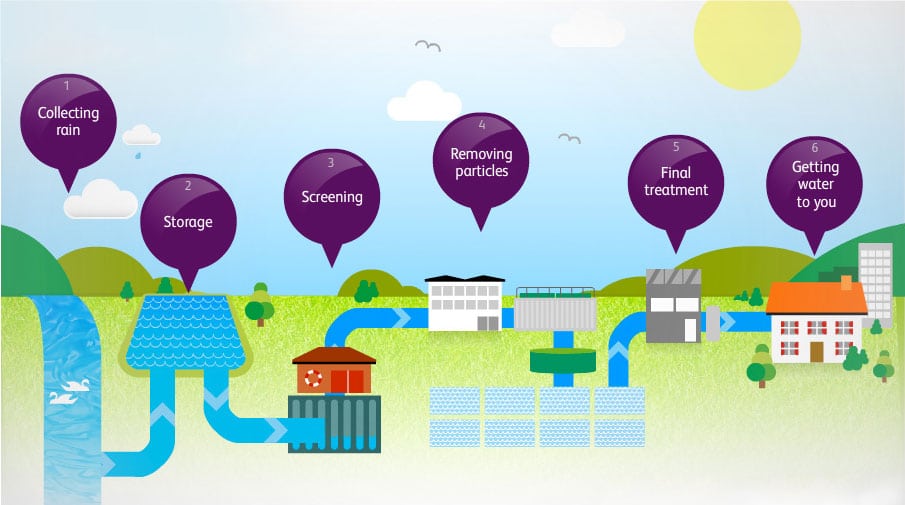
Water’s voyage to your faucet is a marvel of modern engineering, beginning at the source—rivers, lakes, and aquifers. Before it gushes from the tap, it undergoes a rigorous treatment process to eliminate harmful pathogens and impurities. However, this process is not infallible. The water’s trek through miles of pipes can introduce new contaminants, casting doubt on its purity. Aging pipes, corrosion, and breaches in the system can all compromise water quality, silently altering the composition of the seemingly clear liquid that fills our glasses.
Despite municipalities treating water with the intent to meet safety standards, the final quality may not be as consistent as expected. The treatment efficacy can vary due to changing water source conditions, such as heavy rainfall or industrial runoff, which can overwhelm systems. Furthermore, transient failures in treatment facilities or human error can also lead to temporary lapses in water quality. Hence, safety assurance is not absolute but a dynamic state contingent on a series of well-maintained processes.
Common Contaminants in Tap Water
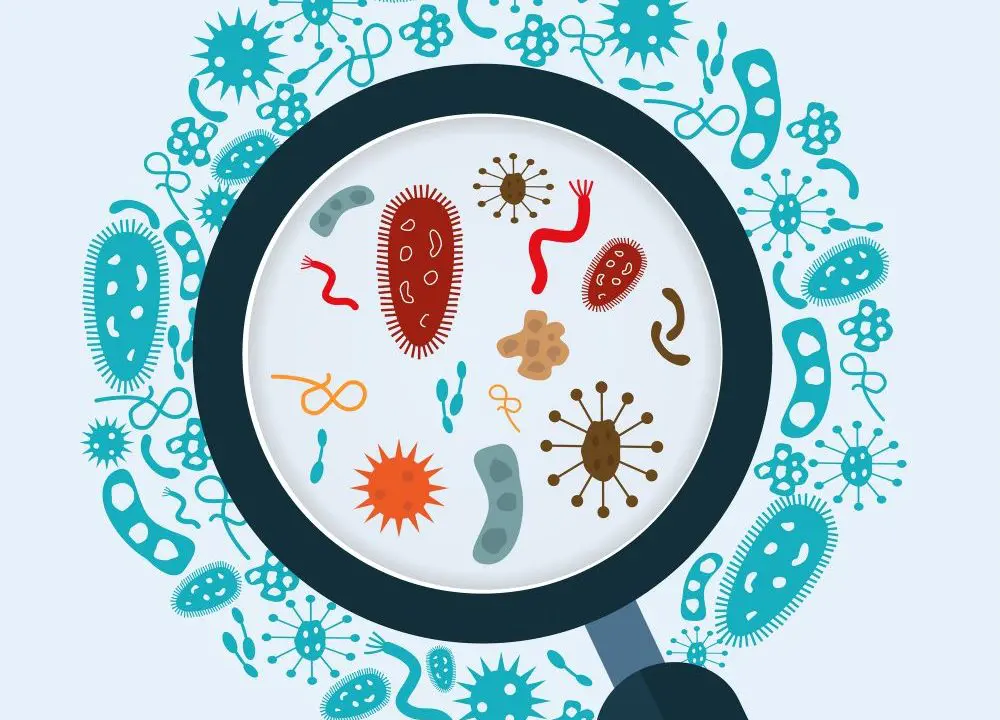
Diving into the spectrum of tap water contaminants unveils an unsettling array of unwelcome substances. Microbial life forms, such as bacteria and viruses, may elude the clutches of chlorination, while chemical contaminants like pesticides and industrial runoff are not always fully neutralized. Even more insidious are the traces of heavy metals like lead and mercury, which can seep into the water supply from old pipes and industrial waste, posing serious health risks over time.
The effects of these contaminants on human health can be as mild as minor gastrointestinal discomfort or as severe as chronic diseases. The risk is higher for certain populations, including infants, the elderly, and individuals with compromised immune systems, making the need for vigilance ever more critical. These invisible adversaries in our water supply can undermine the trust in public water systems, driving the population to seek alternatives or supplemental treatments to ensure safety.
The Role of Government Regulations in Water Safety
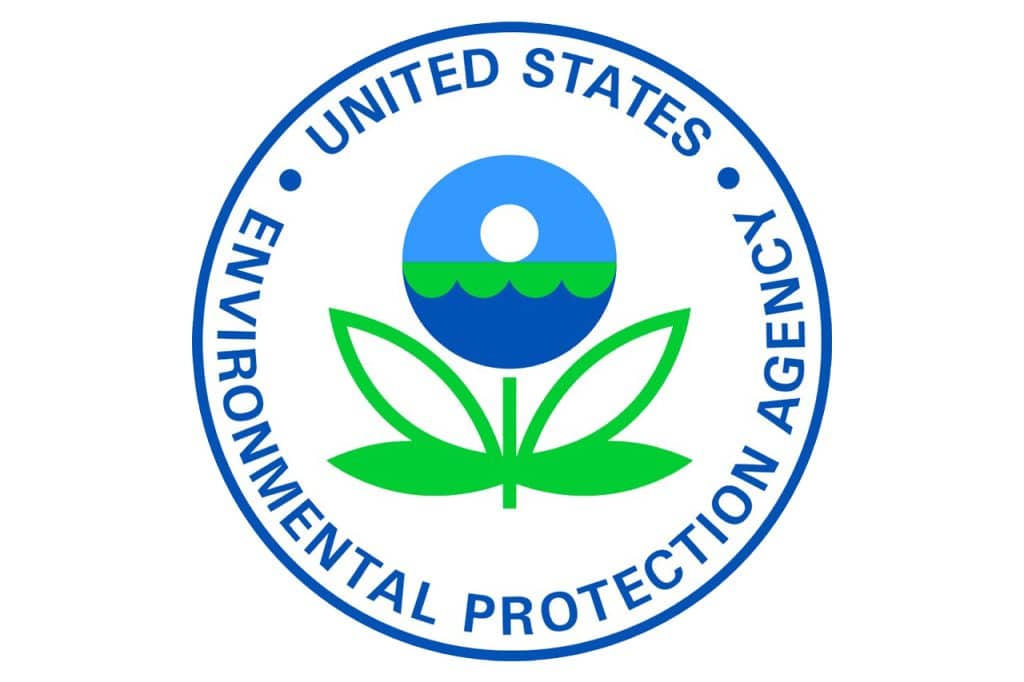
Government regulations serve as the bulwark against waterborne risks, setting standards that dictate the acceptable levels of various contaminants. In the United States, the Environmental Protection Agency (EPA) enforces the Safe Drinking Water Act, a comprehensive law that aims to ensure the quality of Americans’ drinking water. But while these regulations are stringent on paper, the reality of their enforcement often falls short. Insufficient resources, political hurdles, and an ever-growing list of emerging contaminants challenge regulatory agencies, leaving gaps that unseen dangers in the water may exploit.
On the other side of regulation is compliance, where water suppliers are tasked with meeting these standards. Despite their efforts, instances of violations are not uncommon. Systemic issues such as funding shortages for infrastructure updates and the vast array of pollutants make absolute compliance a formidable task. This puts into perspective the arduous responsibility of these agencies and the continual need for public vigilance and support for regulatory enhancements.
The Impact of Infrastructure on Water Quality
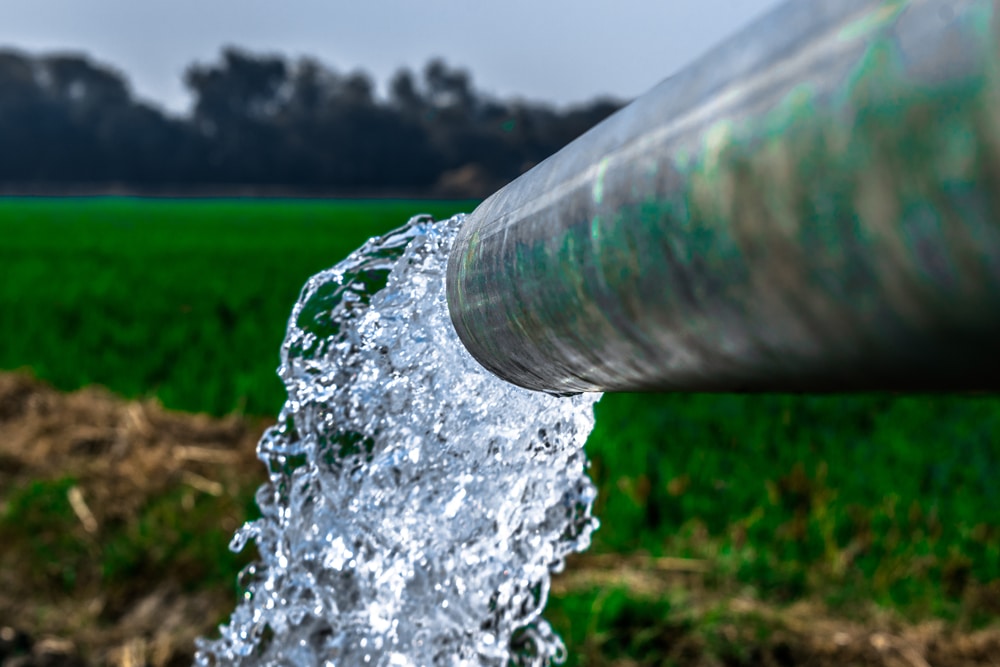
The intricacies of water infrastructure play a critical role in maintaining the sanctity of our tap water. The pipes that carry water to our homes, often out of sight and mind, can be decades old, subject to corrosion, and leaching harmful materials like lead into the water supply. This aging network is a ticking time bomb, with the potential for catastrophic failures that could lead to widespread contamination events, emphasizing the need for ongoing assessment and investment in our water delivery systems.
Beyond the pipes themselves, the maintenance practices of water utilities can significantly affect water quality. Regular flushing of the system, timely replacement of outdated segments, and vigilant monitoring for leaks and breaches can drastically reduce contamination risks. Yet, financial and logistical constraints can impede these essential activities, underscoring the delicate balance between public health and the realities of infrastructure management.
At-Home Water Treatment Options
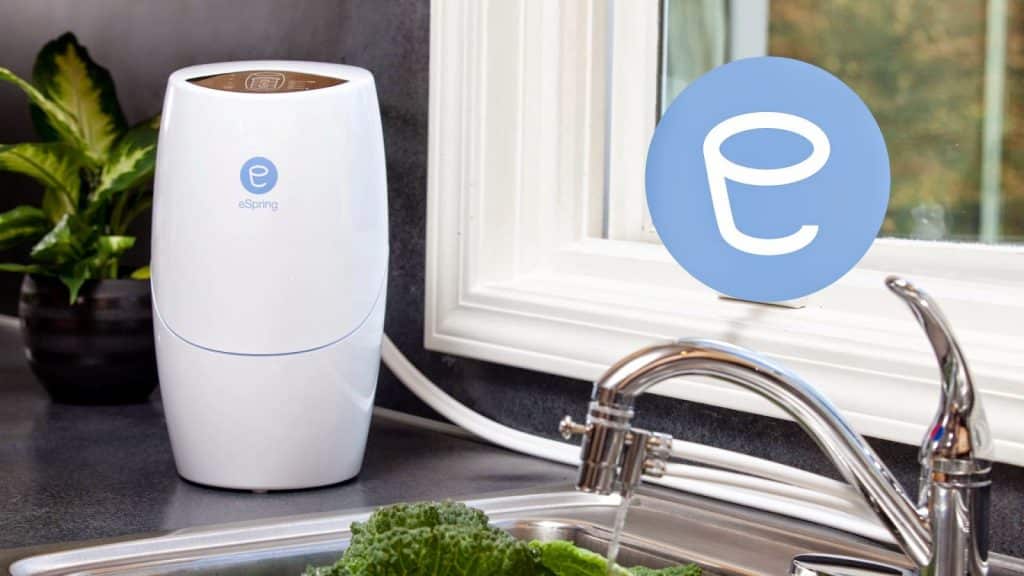
In response to concerns over tap water safety, many individuals turn to home water treatment solutions. Filtration systems, whether pitcher filters, under-sink models, or whole-house units, have become commonplace in the fight against impurities. These systems vary widely in their capabilities, some targeting specific contaminants like lead or chlorine, while others offer a broader range of protection. But it’s not a one-size-fits-all solution; the effectiveness of these systems depends on the types of contaminants present and the maintenance of the filters themselves.
Moreover, methods such as boiling water can inactivate microbes but do nothing to remove chemical contaminants, which requires a more advanced approach like reverse osmosis. Understanding the strengths and limitations of each method is paramount for individuals aiming to take control of their water quality. The responsibility ultimately falls on the consumer to research and select an appropriate system that aligns with the specific challenges posed by their local water supply.
Bottled Water vs. Tap Water

The bottled water industry has surged in popularity, partly driven by concerns over tap water safety. Bottled water is often marketed as a pure and safe alternative, but its superiority to tap water is a contentious issue. While it is subject to regulation—often by different standards than tap water—the environmental impact of plastic waste and the financial cost to consumers are significant drawbacks. Furthermore, several studies have shown that bottled water is not immune to contamination, and, in some cases, tap water is repackaged.
Contrasting this with tap water, which, despite the potential for contamination, is generally provided at a much lower cost and with a far lower environmental footprint, it’s clear that both options have their trade-offs. Consumers must weigh the pros and cons, considering factors like the source, the regulatory oversight, and the impact of their choices on their health and the environment.
How to Test Your Drinking Water
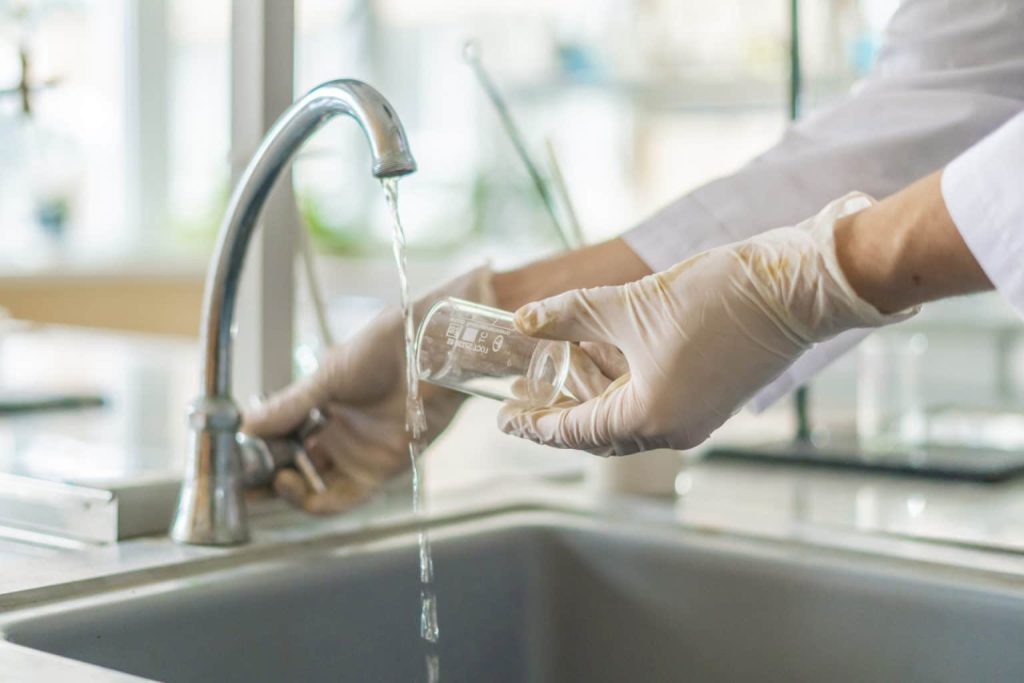
For those questioning the safety of their drinking water, testing provides answers. Homeowners can access a variety of test kits that check for common contaminants such as lead, bacteria, and nitrates. These tests can range from simple, one-time-use strips to more elaborate testing procedures that may require laboratory analysis. Understanding the results, however, is key; the presence of certain contaminants can signal the need for immediate action, while others may require more nuanced, long-term solutions.
Professional testing services offer a more comprehensive analysis that detects a broader spectrum of contaminants at lower levels. These services not only provide a snapshot of water quality but can also advise on potential treatments or improvements to the home’s plumbing system. Whether through a DIY approach or professional services, testing is a critical step in ensuring the safety of drinking water.
What You Can Do to Ensure Safe Drinking Water
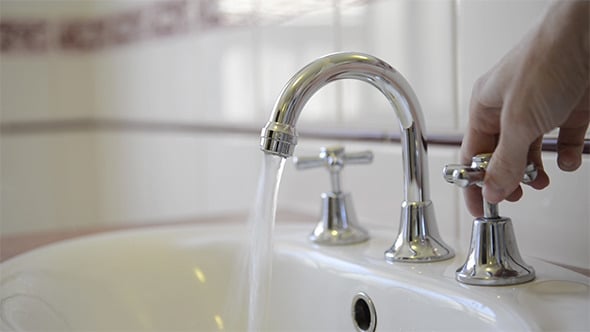
Individual action plays a pivotal role in ensuring the safety of drinking water. Simple practices, such as running the tap for a few minutes before using water for drinking or cooking, can reduce exposure to certain contaminants. Consumers can also advocate for stronger water safety practices by engaging with local water authorities, staying informed about the state of their local water systems, and supporting initiatives to improve water infrastructure.
On a broader scale, community involvement in water management decisions can lead to greater transparency and more robust safety measures. Attending town hall meetings, participating in local water conservation efforts, and even considering installing community water purification systems are proactive steps toward safeguarding drinking water. It is through individual and collective action that the highest standards of water quality can be upheld.
The Bottom Line
The journey of our drinking water from source to tap is fraught with challenges, and its safety is a complex tapestry woven of infrastructure, regulation, and vigilance. While government regulations provide a framework for purity, the guardianship of water quality is a collective responsibility. Advancements in technology and a strong public mandate for quality water can drive the future toward greater safety. Understanding the issues, engaging in proactive solutions, and maintaining a commitment to quality are key to ensuring that the water we rely on for life remains as safe as we not only believe but also as safe as it fundamentally needs to be.


